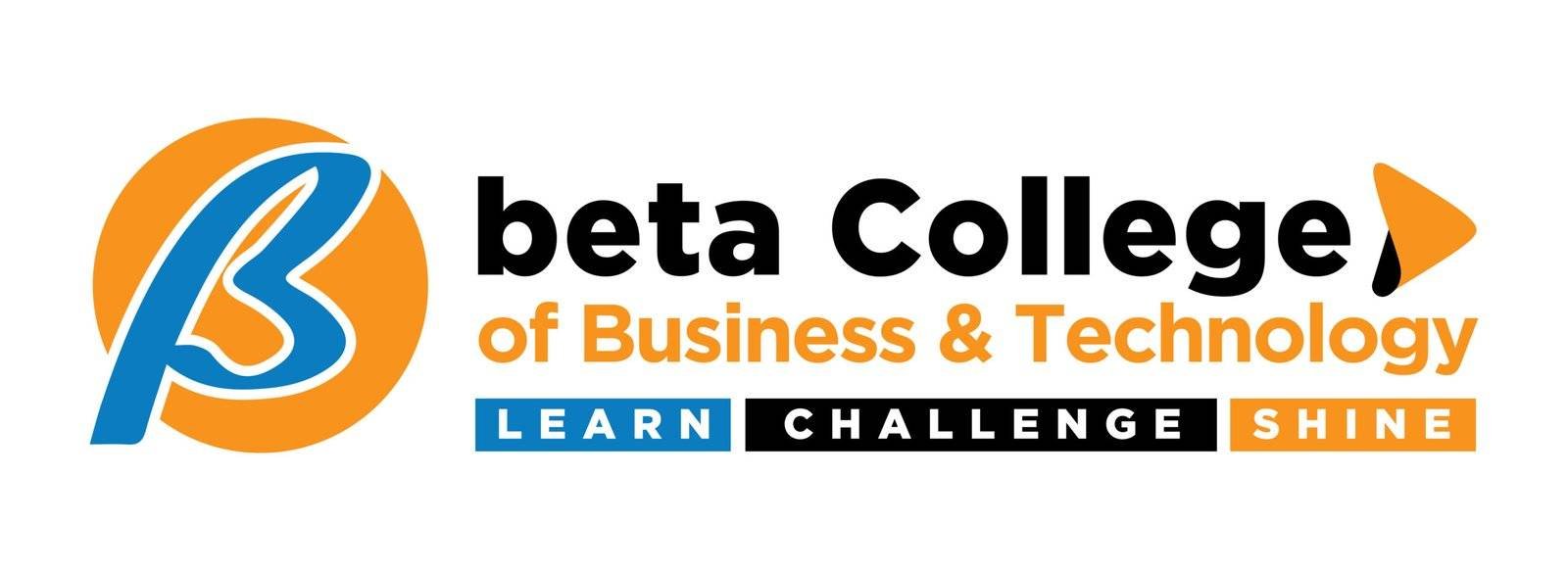In an increasingly complex world, critical thinking is one of the most valuable skills we can develop. Whether we’re making personal, professional, or academic decisions, the ability to analyze information carefully, consider various perspectives, and make well-informed choices can lead to more successful outcomes. In this guide, we’ll break down what critical thinking is, why it matters, and, most importantly, how you can develop it in a structured, step-by-step approach.
What is Critical Thinking?
Critical thinking is the art of processing information in a logical, clear, and fair-minded way. It’s about separating facts from opinions, identifying biases, and making decisions based on sound evidence. In essence, it’s a structured approach to assessing situations and coming up with the best possible solutions.
The Importance of Critical Thinking in Daily Life
Critical thinking isn’t just a workplace skill—it’s a life skill. Here’s why it’s crucial for various aspects of life:
- Personal Decisions: From budgeting to health choices, critical thinking helps us weigh options realistically, foresee potential challenges, and make decisions that align with our long-term goals.
- Workplace Effectiveness: In a professional setting, critical thinkers can solve problems more effectively, lead teams confidently, and adapt to changes faster. Many employers today prioritize critical thinking as a key soft skill.
- Academic Success: For students, critical thinking enhances comprehension and analytical abilities, making it easier to tackle complex subjects and develop well-reasoned arguments.
- Social Awareness: Critical thinking allows us to evaluate information we see online or in the media objectively, helping us form opinions based on evidence rather than assumptions or misinformation.
Step 1: Start with a Clear Goal
The first step in critical thinking is identifying a specific goal or objective. This goal acts as a compass, keeping your analysis focused and relevant. Imagine you’re facing a decision about whether to move to a new city for a job. Your goal might be to weigh the career benefits against the lifestyle changes. By identifying this goal upfront, you can keep the analysis focused on your needs.
Example Question:
Let’s say you want to improve your health. Your clear goal could be, “What lifestyle changes can I make to improve my physical and mental health over the next year?” With this clear goal in mind, you’re more likely to evaluate information and make decisions that align with your desired outcome.
Step 2: Gather Relevant Information
The quality of your decisions depends on the quality of your information. This step involves gathering reliable data from various sources and perspectives. For example, if you’re making a financial decision, you might consult credible sources like financial reports, expert analysis, and personal accounts. Avoid limiting yourself to sources that support a single viewpoint; consider a range of information to build a balanced picture.
Tips for Gathering Information:
- Seek primary sources when possible, like original studies or firsthand interviews.
- Use secondary sources like analyses or articles for additional context.
- Verify facts by cross-checking with multiple reputable sources.
Step 3: Analyze and Interpret the Information
Once you’ve gathered information, it’s time to dissect and analyze it. Analyzing information means breaking it down into its fundamental components and interpreting each part’s significance. Imagine, for instance, that you’re weighing the pros and cons of investing in a new business. Rather than taking information at face value, assess each piece of data for accuracy and relevance.
Example Analysis:
Say you’re evaluating a report on the health benefits of a particular diet. Look for evidence, such as studies supporting the diet’s claims, and pay attention to limitations. A credible study might show a certain benefit, but if the sample size is small or specific to a certain group, that’s an important consideration for broader applicability.
Step 4: Identify Biases and Assumptions
Our backgrounds, experiences, and beliefs can introduce biases into our thinking. Recognizing these biases is key to avoiding them. For example, if you’ve always believed that a particular brand is the best, you may ignore negative reviews about it without realizing you’re being biased. Challenge these assumptions to ensure they don’t influence your analysis unfairly.
Common Types of Bias:
- Confirmation Bias: Tendency to favor information that confirms existing beliefs.
- Anchoring Bias: Relying too heavily on the first piece of information encountered.
- Bandwagon Effect: Assuming something is correct because others believe it.
To counteract bias, seek input from diverse perspectives and try to remain open-minded. Acknowledging biases leads to more balanced, objective decisions.
Step 5: Explore Alternatives
One hallmark of a critical thinker is the ability to view problems from different angles and consider multiple solutions. By expanding your options, you’re more likely to make a decision that fully addresses the situation.
Example Questions to Generate Alternatives:
- Are there creative solutions that haven’t been considered?
- What are the potential outcomes of each alternative?
- Could combining several options yield a better solution?
Consider the example of choosing between several job offers. By evaluating each position’s salary, growth potential, and work-life balance, you may discover that one job offers flexible hours that would allow you to pursue further studies—a factor that might tip the scales in its favor.
Step 6: Make a Decision and Take Action
After a thorough evaluation, it’s time to make a decision. This step requires courage, especially if it’s a significant choice. The key is to ensure that your decision aligns with the facts, minimizes risk, and supports your goals.
Example Decision-Making Approach: Suppose you’ve gathered data on housing options for a big move. After weighing the cost, commute, and neighborhood safety, you conclude that one location best meets your needs. You’ve validated your choice by objectively analyzing it, reducing the chances of buyer’s remorse or second-guessing.
Step 7: Reflect on the Outcome
Reflection is often an overlooked part of the decision-making process, but it’s crucial for continuous improvement. By reviewing the results, you learn valuable lessons and refine your critical thinking skills for the future.
Reflection Questions:
- Did the decision achieve my initial goal?
- What went well, and what would I do differently next time?
- How did my biases affect the decision, if at all?
Consider keeping a journal of major decisions, including reflections on the outcome. This can help you notice patterns in your thinking and refine your approach over time.
Incorporating Critical Thinking into Everyday Life
Critical thinking isn’t just a one-time practice; it’s a habit. Here are some ways to incorporate critical thinking daily:
- Practice Curiosity: Be inquisitive. Ask questions about news articles, assumptions in conversations, or even your own thought process.
- Challenge Stereotypes: If you encounter generalized statements, ask yourself, “Is this true for everyone, or am I accepting it without question?”
- Use the Socratic Method: This method involves asking a series of questions to clarify thoughts and uncover inconsistencies. For example, if you’re considering a new project, ask questions like “Why is this project important?” and “What resources are needed?”
Critical Thinking in Different Fields
Critical thinking is highly valuable across disciplines:
- In Healthcare: Doctors use critical thinking to diagnose illnesses accurately, balancing symptoms with test results to avoid misdiagnosis.
- In Education: Teachers encourage students to question and analyze information, nurturing independent, critical thinkers.
- In Business: Leaders use critical thinking to make strategic decisions, assess market trends, and solve complex organizational problems.
Conclusion:
Critical thinking is more than a skill; it’s a mindset that empowers us to make smarter, more effective decisions in every area of life. By following this step-by-step guide—starting with clear goals, gathering information, analyzing data, identifying biases, exploring alternatives, making informed decisions, and reflecting on outcomes—you’re equipping yourself with the tools to tackle life’s challenges confidently and make decisions that align with your values and goals.
Critical thinking takes practice, but the more you engage with it, the more natural it becomes. Each decision, no matter how small, offers an opportunity to refine your approach, enabling you to navigate complex situations with clarity, confidence, and sound judgment.


